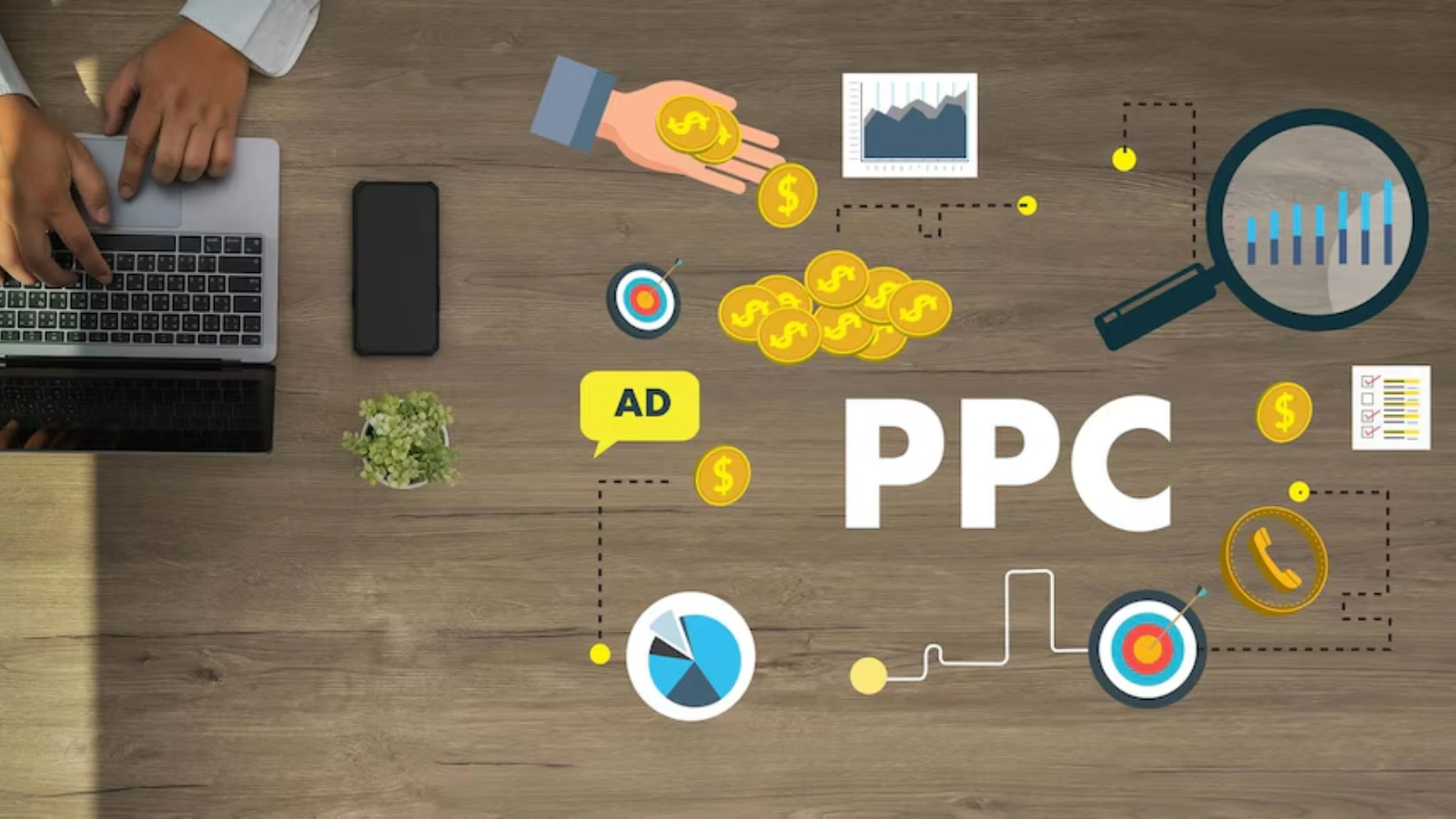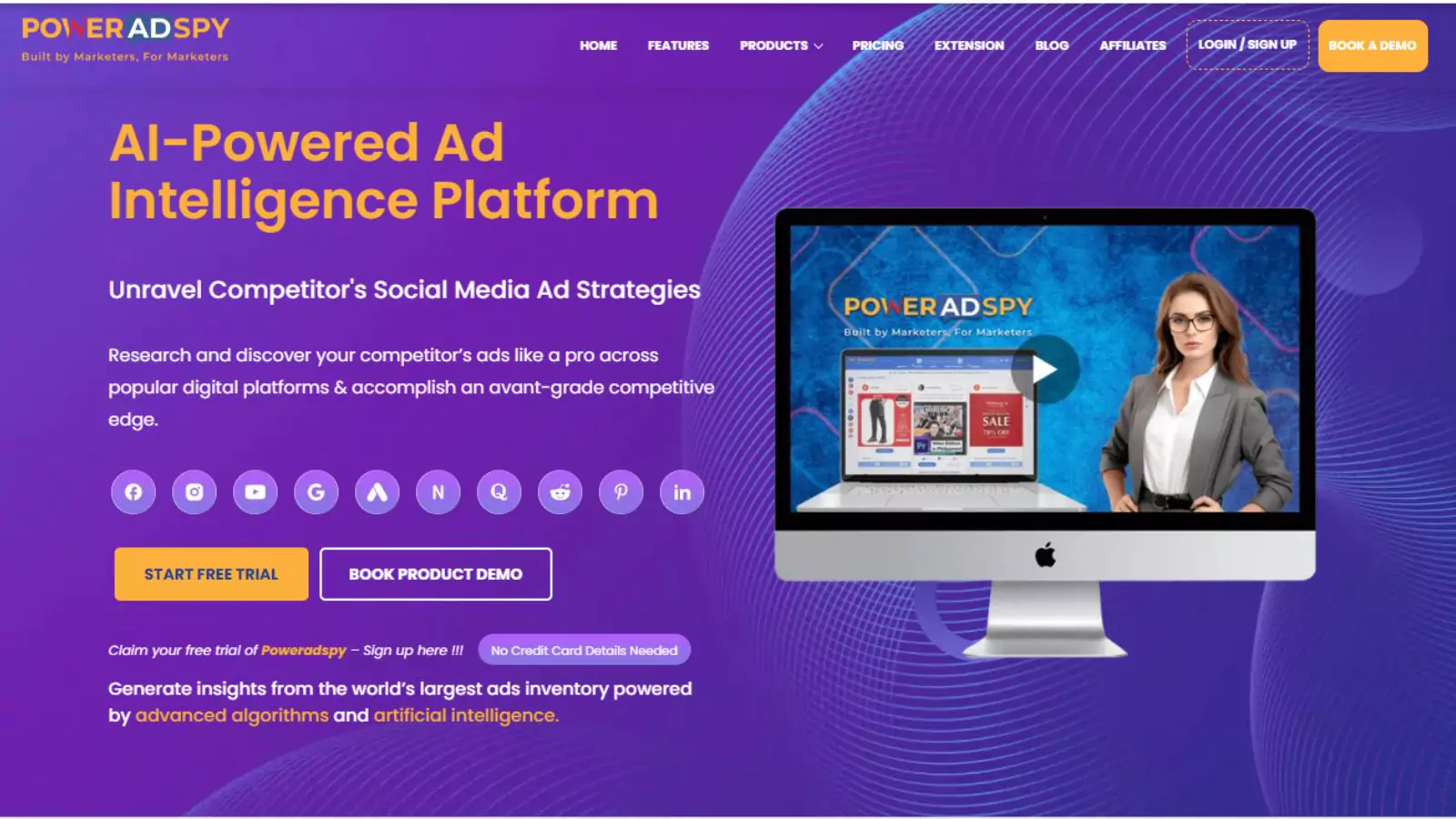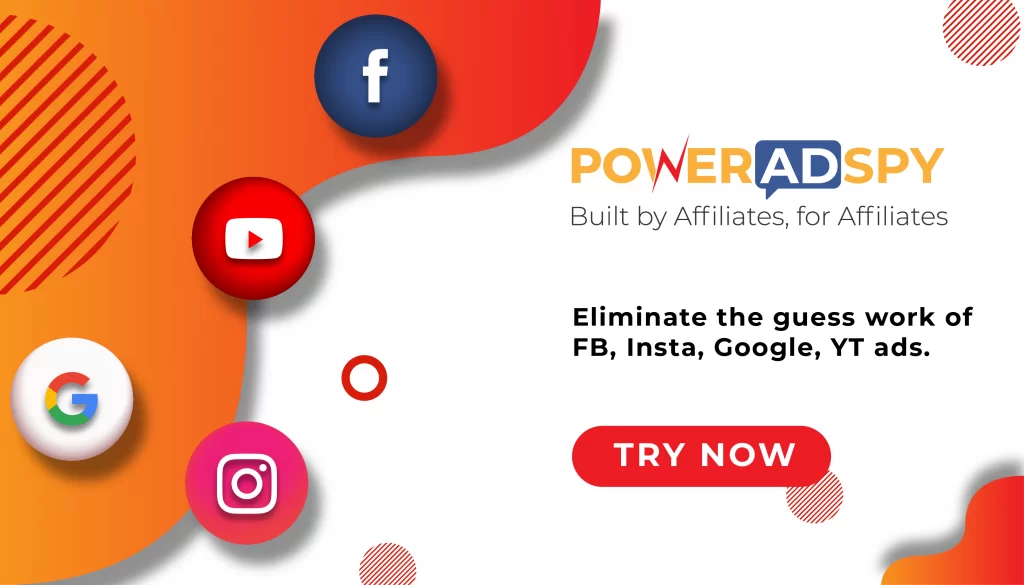7 Popular Types of Advertisements to Help You Reach Your Audience
Advertising is the lifeline of any successful business. Nowadays, knowing the best ways to reach your audience is crucial. With so many types of advertisements available, it can be overwhelming to choose the right one.
From tried-and-true methods like print and broadcast to the latest digital techniques, the advertising landscape is vast and varied. Each type has its own strengths and unique benefits. Developing successful campaigns requires a grasp of these various cost-effective ad types, regardless of expertise level, especially for small businesses.
Stay tuned as we delve into advertising. In this blog, we’ll explore these popular types of advertisement together and find the perfect fit for your business! So, let’s begin.
Hit ‘Play’ Button & Tune Into The Blog!
What is Advertising?
Businesses utilize advertising as a marketing tactic to promote their names, goods, and services. All forms of advertising aim to achieve similar objectives: whether it’s increasing brand awareness, converting prospective consumers into real ones, or disseminating information to untapped markets, advertising eventually contributes to the expansion of your company.
Marketing vs Advertising
Understanding marketing vs advertising helps businesses reach their customers more effectively. Advertising focuses on drawing public attention to a specific message, usually about a company’s products or services. It involves crafting compelling messages and placing them in various media to catch the audience’s eye. There are various types of advertisements used in this process, each tailored to different platforms and objectives.
Primary Goals
The primary goal of advertising is to elicit a quick response, typically an increase in sales. Advertising includes creating and placing ads across channels like TV, newspapers, billboards, radio, online platforms, and social media, making it a direct and overt promotion method. It is often short-term, designed to boost sales for a specific period or promote a particular product. Understanding different types of advertisements can help businesses choose the most effective approach for their goals.
Marketing, however, is a comprehensive process involving market dynamics and consumer needs to develop products that sell themselves. It includes product development, market research, pricing strategies, and distribution. Marketing’s goal is broader, focusing on building knowledge and awareness about the company, its products, and services, fostering long-term consumer relationships rather than just quick sales.
Marketing involves developing a Unique Selling Proposition (USP) and strong content that effectively represents the business. Marketing is a strategic mix of activities beyond advertising and takes a long-term approach to establish and maintain a brand’s market presence.
Vision
While advertising creates a market for both new and existing products and helps build and maintain the brand image, marketing aims to draw the general public’s and potential customers’ attention, covering all aspects of the product journey. Advertising is directly tied to generating sales by converting audience interest into purchases, whereas marketing focuses on creating awareness and understanding, educating, and engaging the audience.
Advertising is primarily hosted by media platforms, disseminating messages to the public, while marketing is driven by the business itself, encompassing a wide range of business activities. Understanding and effectively utilizing different types of advertisements is crucial for a successful marketing strategy.
Traditional vs Present Day Advertising
Traditional and digital advertising are constantly at odds, and it’s all about finding the best method for your business. There are various types of advertisements to consider in both realms.
Traditional advertising is static, meaning the ads don’t change or adapt once deployed. Examples include print ads, billboards, and TV commercials.
Digital advertising, on the other hand, is dynamic, allowing for interactive and engaging content that can change in real-time, like online banners or video ads.
Conversion Rates and Engagement
Conversion rates in traditional advertising tend to be slower due to a longer path from ad exposure to purchase action.
Digital advertising typically sees faster conversion rates thanks to direct and immediate avenues for consumers to make a purchase, like clickable ads leading to a sales page.
Engagement is generally lower in traditional advertising as it doesn’t allow for direct interaction, whereas digital ads encourage likes, shares, and comments.
Measuring ROI
Measuring ROI is challenging in traditional but easier in digital advertising, which offers precise tracking and analytics. Traditional advertising tends to be costlier and less effective due to its broad targeting approach, unlike digital advertising which offers cost-effective options with precise targeting capabilities. Tracking traditional ad performance is challenging compared to digital ads, which provide detailed analytics.
Traditional targeting relies on general demographics, while digital advertising allows for customized targeting based on specific interests and behaviors. Additionally, traditional ads cannot be easily modified once placed, whereas digital ads can be updated or adjusted at any time.
Understanding these differences helps businesses choose the most effective advertising strategy.
7 Different Types of Advertising
Social Media Advertising
Since social media marketing and advertising enable genuine audience engagement, they differ from other forms of promotion. Contextual advertising excels by allowing interaction with users who have engaged with your promotions. It also tailors ads to match your target audience’s demographics effectively.
In addition, the use of social media is expanding daily. Depending on your target audience and objectives, you can choose from various popular platforms to advertise on these days.
Native Advertising
Native advertising is made to look and feel like the content it is displayed alongside. Styled to blend in with the editorial style, tone, and aesthetic of the website or platform they appear on, these advertisements are frequently seen in online publications.
This could include sponsored content on social media that appears to be typical user content or sponsored publications that read like original works. Subtlety is the key to native advertising; it shouldn’t interfere with the user experience; instead, it should give value, making it less obvious and more interesting for readers.
Display Advertising
Display advertising includes the visual ads we see on websites are included in. These can appear as pop-up advertisements, sidebars, or banners at the top of websites. Display ads are flexible; they can contain images, text, video, and other media.
They can be highly targeted to particular audiences based on their online behavior, hobbies, and demographics, and they work excellently to raise brand exposure. These advertisements stand out due to their visual component, which draws in potential buyers.
Pay-per-Click Advertising
In the PPC advertising model, marketers are charged a fee each time one of their ads is clicked on in digital advertising. It’s a method of purchasing website visits as opposed to trying to obtain them naturally.
Search engine advertising, such as Google AdWords, is most frequently linked to this model. When implemented correctly, pay-per-click advertising (PPC) can yield significant results by focusing on people actively seeking information about the advertiser’s product or service.
Consumer Generated Advertising
Consumer-generated advertising is a contemporary strategy in which users produce and disseminate material related to a company or item. This can happen organically when users share their experiences on social media. Alternatively, companies can initiate it through planned campaigns, often involving users in content creation through challenges or contests.
This kind of advertising is very relatable and persuasive to potential consumers as it draws from the genuineness and reliability of actual customer experiences.
Online Search Advertising
Through this type of digital advertising, businesses can purchase the display of their ads on search engine result pages, such as Google or Bing. These ads are frequently among the top results you see when searching for anything since they are associated with the keywords you have entered. It’s a highly effective method of drawing in prospective clients who are already considering your offerings.
Remarketing
One strategy for engaging users who have already interacted with your website or mobile app is retargeting, also known as remarketing. It involves displaying targeted advertisements to these previous visitors when they peruse other websites.
The goal is to bring their interest to your offering and persuade them to visit your website again to finish their purchase or take another desired action. Remarketing is successful because it targets customers who are already familiar with your brand and have expressed interest in what you have to offer.
Advertising Best Practices To Stand Out From the Crowd
Now, you have the idea of different types of advertising. Effective advertising is about more than just promoting a product or service; it’s about connecting with your audience in a meaningful way. Here are some best practices to consider when creating your advertising campaigns:
Create an Engaging Message
It matters what your advertisement says. It ought to have a compelling call to action and be engaging, clear, and unambiguous. A strong message inspires the audience to take a specific action, such as visiting your website or making a purchase. It also provides them with information about your good or service.
Identify the Target Audience
A thorough grasp of your target market is the cornerstone of successful advertising. This involves awareness of their preferences, behaviors, interests, and demographics. The efficacy of your advertising campaign can be greatly increased by making it resonate with the wants and desires of your target audience.
Channel Selection
Diverse advertising platforms offer distinct advantages and target different demographics. Effectively reaching your target audience depends on selecting the correct combination of channels, whether it’s social media, search engines, conventional media, or something else entirely.
The channel selection decision should take into account the time and content consumption habits of your target audience.
Visually Appealing Content
Having visually engaging content might help your ads stand out in a sea of similar ones. This involves using crisp photos, interesting videos, eye-catching graphics, and a consistent color palette that supports your brand. You can also check out other visual ads to understand the dynamics and ignite your creativity.
Leverage Social Media Effectively
Social networking sites are effective advertising tools. They provide opportunities for exact targeting as well as direct audience engagement.
Effectively using these platforms means producing content that appeals to your audience, interacting with them, and using the special advertising tools available on the platforms.
Stay Up-to-date With Advertising Trends
With the emergence of new platforms, technology, and consumer behavior, the advertising industry is always changing. Being aware of current trends and modifying your tactics accordingly is essential to be relevant and productive in your advertising endeavors.
You can also social media ad spy tools to stay updated with the current advertising trends. These tools help you in spying your competitor’s ads on multiple platforms, allowing you to create the best ad strategy for yourself. One such ad spy tool is PowerAdSpy. Have a look at some of the features of this ad intelligence software.
PowerAdSpy- AI-based Ad Intelligence Tool
PowerAdSpy is a robust and reliable AI-based ad intelligence tool designed to empower advertisers with comprehensive competitor ad intelligence. This ad spy tool is very convenient for businesses that aim to discover a perfect ad strategy for their business.
PowerAdSpy allows advertisers to spy on various ad strategies to create the best-performing ads for their business.
Here are some of the vital features of PowerAdSpy that you can use in context with different types of advertisements.
Massive Ad Library
PowerAdSpy provides a vast database of millions of ads across 100+ countries, helping you to spy on your competitor’s ads easily. It empowers you to find the latest successful ads in just a few clicks.
Ad Search:
Users can search for ads based on keywords, advertisers, domains, or other criteria to find relevant ads within their niche or industry.
Ad Analytics:
This ad spy tool provides detailed analytics for ads, including engagement metrics, such as likes, shares, and comments, along with information about the ad performance and target audience demographics.
Targeting Insights:
The tool provides insights into the targeting options used in ads, such as demographics, interests, behaviors, and placements, helping users optimize their targeting strategies.
Ad Creatives:
It allows users to view ad creatives, including images, videos, and ad copy, to understand the competitor’s messaging and design strategies.
Bookmark the Best Ads
You can get detailed ad insights of the ad searches along with audience profiles on PowerAdSpy. It helps in intricately strategizing your ad. You can bookmark them with just a click, and they will be moved to your personalized Ads inventory.
PowerAdSpy can help advertisers check on their competitor ads on social media platforms. It allows them to focus on multiple key performance metrics and create an effective strategy for Google ad campaigns, leading to the maximized effectiveness of the ad campaign.
Also Read:
Marketing Vs Advertising: Two Sides Of The Branding Coin
7 Cost-Effective Ads Types For Small Businesses
Digital Advertising 101: A Crash Course for Beginners
Final Thoughts
Understanding the different types of advertisements is crucial for any successful business. From traditional to digital, each type has unique benefits. By knowing these types of advertisements, you can choose the best methods to reach your audience.
Remember to create engaging messages and use the right channels. Stay updated with trends and leverage tools like PowerAdSpy to refine your strategy. Effective advertising combines creativity and strategic planning. So, explore these types of advertisements and find the perfect fit for your business. Happy advertising!
Frequently Asked Questions
How do I choose the right type of advertisement for my business?
Consider your target market, advertising budget, campaign objectives, and the efficiency of each media in reaching your target market. Making an informed selection might be aided by carrying out market research.
How can advertising work for my business?
Advertising can benefit your company by raising sales, drawing in new clients, and raising brand awareness. You may convey the benefits of your goods or services by focusing on the proper audience and conveying the right message in your advertisements.
It also aids in setting your company apart from rivals and gradually cultivating client loyalty.
What is product advertising?
Product advertising focuses on marketing a particular good or service. Its objective is to entice customers to buy the product by emphasizing its features, advantages, and applications.
Why is it important to use different types of advertisements?
Employing a variety of ad formats increases the likelihood of interacting with various target audience segments and guarantees a wider reach. It enables companies to use each form of advertising’s advantages to meet their marketing objectives.















